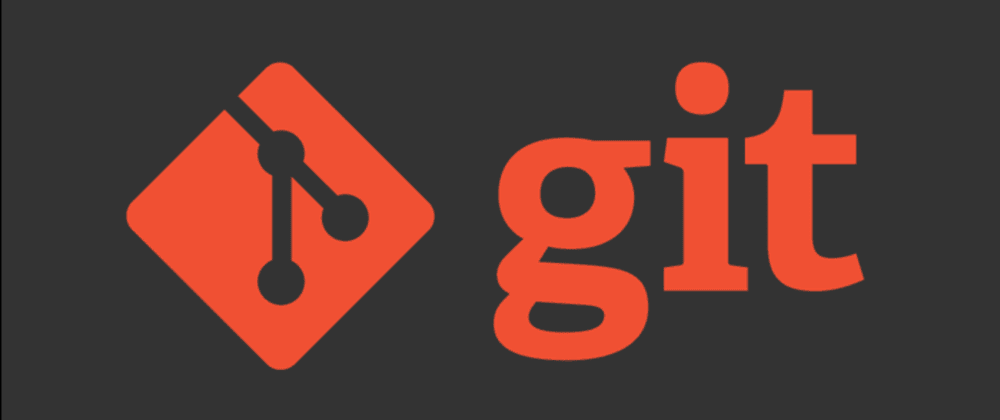
Git Made Simple: Understanding and Using Version Control
Imagine you're working on a big project, and you want to keep track of all the changes you make to your code. Maybe you want to try out a new feature, but you're not sure if it's going to work, so you want to be able to go back to an earlier version of your code if something goes wrong. Or maybe you're working on a team and you want to make sure everyone is on the same page and can see the changes that each team member makes. This is where version control comes in!
Version control is a way to keep track of all the changes made to your code, so you can easily go back to an earlier version if you need to, or see who made a particular change and when. It's like a time machine for your code!
It's also really important when working on a team, because it allows everyone to see the changes made by others, and merge their own changes with the main codebase easily. This helps to prevent conflicts and makes collaboration a lot smoother. So in simple words, version control is a way to keep track of all the changes to your code and helps to make collaboration easier.
Introduction to Git

Git is a popular and widely used version control system that helps developers track changes to their code, collaborate with others and easily revert to previous versions of their code. It's a powerful tool that allows you to keep track of every change made to your codebase, making it easy to collaborate with others, maintain your code and manage your projects. Git is widely adopted in the industry and has become the standard for version control.
Git offers a wide range of features to help developers manage their code and collaborate with others. Here are some of the most commonly used Git features:
Basic commands
Git provides basic commands such as "add", "commit", "push" and "pull" to help you manage the changes in your code. For example, "git add" is used to stage changes for a commit, "git commit" is used to save the changes to the repository and "git push" is used to upload the changes to a remote repository.
Branching
Git allows you to create multiple branches of your code, so you can work on different features or bug fixes simultaneously. You can create a new branch using the command "git branch branch-name" and switch between branches using "git checkout branch-name".
Merging
Git allows you to merge different branches of your code together. Once you have completed the work on a feature or bug fix, you can merge it with the main branch using the command "git merge branch-name".
Stashing
Sometimes you may need to switch branches or pull changes from a remote repository, but you don't want to commit the changes you've made. Git stash command allows you to temporarily save your changes and apply them later.
Rebasing
Git rebase command allows you to integrate changes from one branch into another. It helps to keep the branches linear, and avoid merge commits.
These are some of the most commonly used Git features, but there are many more available.
Now that you have a basic understanding of what Git is and how it can help you manage your code, it's time to start using it in your own projects! Trust me, once you start using Git, you'll wonder how you ever managed your code without it.
Git is a powerful tool that can help you keep your code organized, collaborate with others, and make your coding experience more efficient and stress-free. So why not give it a try? You can start by creating a new repository and experimenting with the basic commands such as "add", "commit", "push" and "pull". And don't worry, there are plenty of resources available online to help you learn more about Git and how to use it effectively.
So, don't wait any longer, start using Git today. See you on another read till then Keep Coding, Keep Committing!!
Appreciate the creator